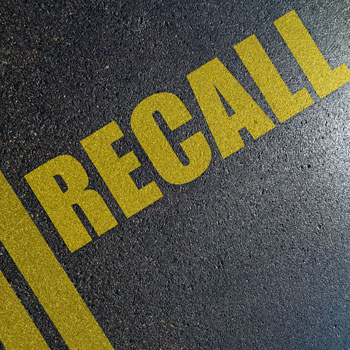Written by Keith V. Trantolo
Y.B. Hartford, CT
Mass Torts We Are Going After
- Elmiron
- Paraquat
- Hernia Patch
- Cypher Stent
- Da Vinci Surgical Robot
- Bariatric Weight Loss
- Zipline
- IVC Filter
- Tylenol
- Talcum Powder
- Hair Relaxer
- Energy Drink
- Amusement Park
- Airplane Accident
Faulty products and unsafe medications affect a large number of people every year. When a product causes serious injuries to many people, the whole group can join together to file a multi-plaintiff case—also called a class action suit. However, each person in the group deserves full compensation for the injuries suffered as a result of the use of an unsafe drug or product, or exposure to harmful substances. When you don’t receive fair compensation, Trantolo & Trantolo’s class action lawyers are here to help.
Typically, defective drugs and products are reported in national and local news outlets and are often listed on websites like consumeraffairs.com. If you have taken any recalled drugs or used any recalled or defective products, please call one of our offices to speak with a class action lawyer.
At Trantolo & Trantolo, we have over 80 years of experience helping to preserve the rights of citizens in need. Public safety is extremely important to our firm and we believe that companies need to be held accountable when a product or drug fails. The injuries can be life-changing and, in some cases, life-threatening. Our team of lawyers and paralegals will work hard to win the compensation you deserve for the injuries and other damages suffered.
Mass Tort and Class Action cases require more legal resources than individual product liability cases because of their complexity. Trantolo & Trantolo’s attorneys have the experience and staff to effectively handle any multi-plaintiff, mass tort or class action lawsuit against large and powerful pharmaceutical or manufacturing corporations.
Please call or contact a class action attorney today.






